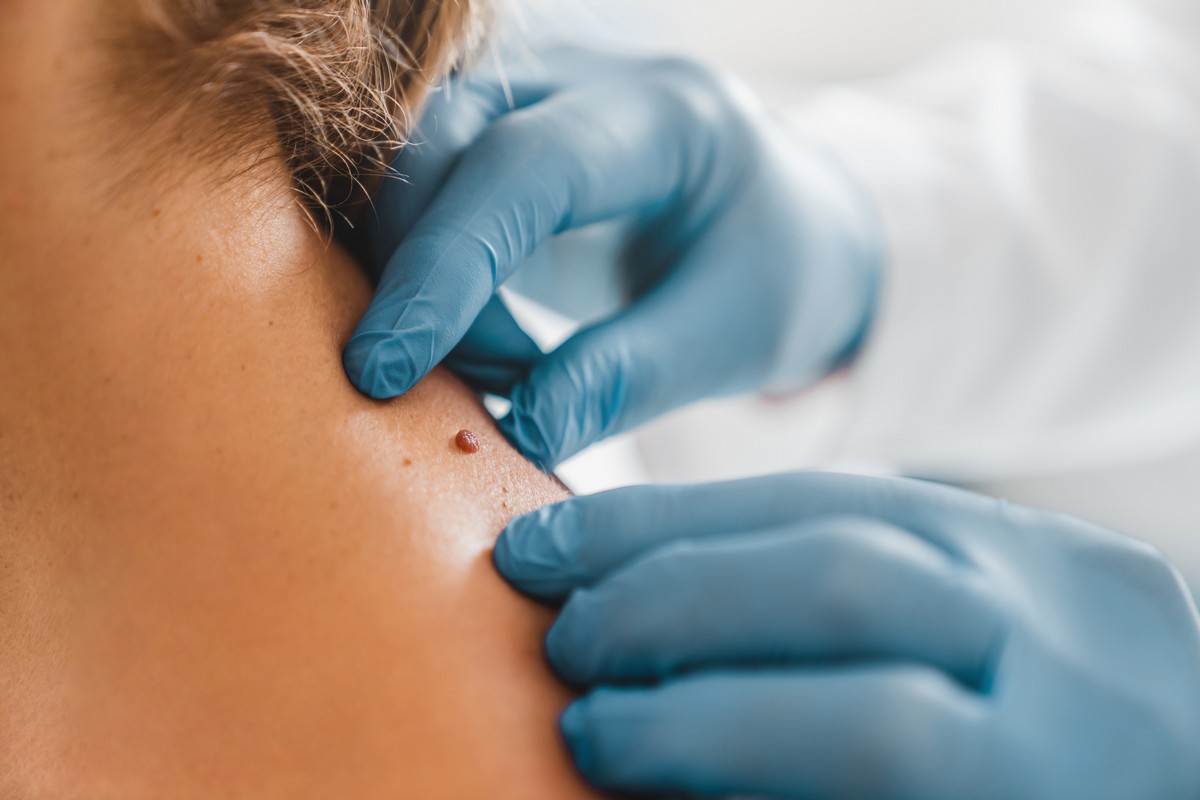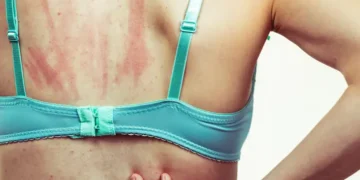The Importance of Being Protected
Summertime in Canada means three things: barbecues, mosquitos, and the most sunlight we’ll see all year. Keep your skin healthy and burn-free with these top sun care tips.

First, remind yourself why SPF is necessary for Sun Care.
“The obvious reason to use it is for the prevention of skin cancer since it can be life-threatening,” says Dr. Renita Ahluwalia, cofounder and lead dermatologist at the Canadian Dermatology Centre. “But a lot of people are more motivated than ever before because the number-one tool for anti-aging is sun protection.” In fact, if someone comes into Renita’s office for a procedure and she finds out they aren’t using sunscreen, she has no problem telling them to forget it – they need to go back to the basics.
Get to know the different types.

Though you can now find sunscreens in an array of formats, from serums to powders, to sticks, there are two ways that sunscreens work. One of those ways is to create a
barrier between the skin and the sun’s rays, which are also called inorganic, or physical, sunscreens. Their active ingredients are minerals such as zinc oxide and titanium dioxide, and Renita recommends these for people who have acne-prone or sensitive skin or who suffer from eczema. (Don’t worry about the white cast of yesteryear: the particles in most formulas are micronized so they blend into the skin much better.) Chemical sunscreens, on the other hand, use active ingredients like oxybenzone to absorb into the skin while also absorbing the sun’s rays. “Both offer good protection – the best sunscreen is the sunscreen that you will wear,” counsels Renita.
Don’t be stingy!
When applying sunscreen to your face, aim for an amount that would fill the base of a shot glass, says Renita. Use a full shot glass for the body – it may seem like a lot, but you also have a lot of skin to cover!
Check out the specs.
An SPF 30 will block 97.5 percent of the sun’s rays, so you should aim for that as your minimum, according to Renita. “Once you are above an SPF 50, if you are wearing the right amount, you aren’t getting any additional benefits,” she points out. Make sure the brand you choose is a broad spectrum – in that it blocks both UVA and UVB rays which cause photoaging and burns, respectively – and that you reapply every two hours, or more frequently if you go in the water.
Time your day properly.
During the summer, you should try to avoid direct sunlight between the hours of 11 a.m. and 3 p.m., as that’s when the sun’s rays are at their strongest – and therefore most damaging.
Admit that it’s for everyone.
Those with darker skin tones or who boast that they never burn still need sun protection. “Lighter skin will burn faster and has a higher risk of skin cancer,” says Renita, “but everybody needs to wear SPF, regardless of their skin type.” Case in point: her patients with darker complexions often have pigmentation concerns, which can be caused by the sun.
Watch those moles.
Inspect your skin on a frequent basis and follow the ABCDEs of moles. Moles that are asymmetrical, have an irregular border, contain several colours, grow larger in size than the diameter of a pencil eraser or evolve in size and shape should be checked out by your doctor, to ensure they aren’t cancerous.
Treat your burn right.
Though people tend to love to slather aloe vera on their burned skin, Renita says that there is no scientific evidence that it helps. Still, if you like it – and you aren’t allergic – go for it. Other options to soothe over-sunned skin are Vaseline, thermal waters, and specially formulated post-sun sprays.
Undo the damage you’ve done.

Renita believes in the power of a good skincare routine and insists it is never too late to start a sun protection habit. If already you have signs of photoaging and wrinkles
associated with sun exposure, there are things you can do, both at home and at the clinic. A good vitamin C serum for antioxidant protection during the day and a retinol serum applied a couple of nights a week can help you regain your glow, and in-office procedures such as peels (glycolic, tyrosinase inhibitor), lasers (to eliminate spots and to stimulate collagen), micro-needling (also to stimulate collagen and elastin) and fillers can push your progress along even further.
















